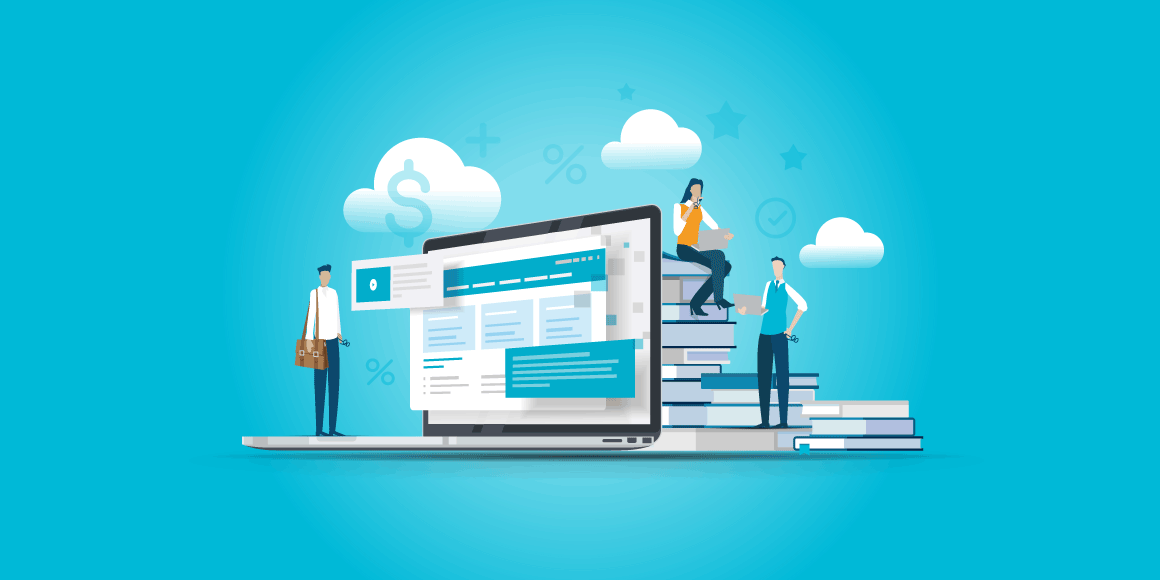Software as a Service (SaaS) refers to a model, often subscription-based, for delivering software applications over the internet. In a SaaS model, users can access and use the software through a web browser or client application rather than installing it locally. SaaS applications are hosted, maintained, and updated by the provider, offering businesses a convenient and scalable way to adopt digital tools without the burden of infrastructure management.
Some features of a software-as-a-service model include:
- Hosting the software on remote servers managed by the provider
- Providing access via subscription or usage-based pricing models
- Delivering continuous updates, security, and support without user intervention
In practice, companies turn to SaaS to reduce their IT overhead and enable their teams to access shared resources from virtually anywhere. As a result, this model offers particular value to businesses that need flexibility and speed without the complexity of local IT management. For example, a marketing team using a SaaS platform for campaign automation can adjust messaging, launch promotions, and track results across regions in real time—all without relying on in-house developers or waiting for scheduled software updates.
Unlike traditional software models that require periodic manual upgrades and onsite support, SaaS centralizes maintenance and innovation, helping organizations stay competitive without slowing down. Thus, SaaS stands out for its ability to rapidly scale with a business’s needs, lower the barrier to entry for complex tools, and ensure that teams are always using the most current version of an application.
Streamline & Centralize Resources to Enhance Opportunities for Growth

Webinar
The Next Era of Ecosystem Technology
Creating a centralized hub and consolidating important resources within one interface, produces a transparent, simplified experience. Reducing risk, whilst increasing productivity and long-term success.
It all starts with having the right tools and systems in place for this seamless collaboration and efficiency.
Learn how integrated go-to-market strategies, will improve overall user experience.
